- Home
- Test Instruments
- Temperature And Environmental Measurement
- Fixed Location Thermometers Thermowells
- Thread Mounted Thermometers
.....Read More
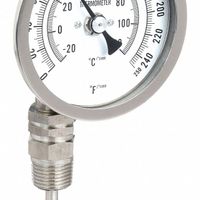
General Purpose Thread-Mounted Dial Thermometers
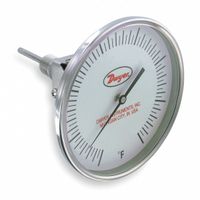
Glow-in-the-Dark Thread-Mounted Dial Thermometers
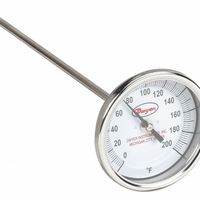
Long-Reach Thread-Mounted Dial Thermometers
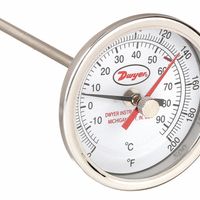
Min/Max-Reading Thread-Mounted Dial Thermometers
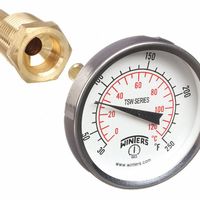
Thread-Mounted Dial Thermometer Assemblies

Thread-Mounted Dial Thermometers with Transmitter Output
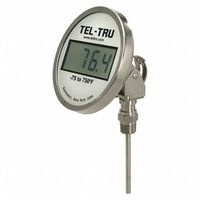
Thread-Mounted Digital Thermometers
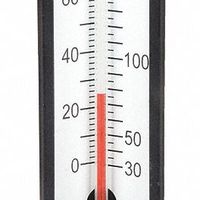
Thread-Mounted Glass Thermometers
Frequently Asked Questions
What are thread-mounted thermometers used for?
How do you install a thread-mounted thermometer in a pipe or tank?
What is the difference between analog dial and digital thermometers?
What are the benefits of using a thermowell with a thermometer?
How do adjustable-angle thermometers improve readability?
What features should I look for in a thermometer for low-light conditions?
How do corrosion-resistant coatings benefit thermometer stems?